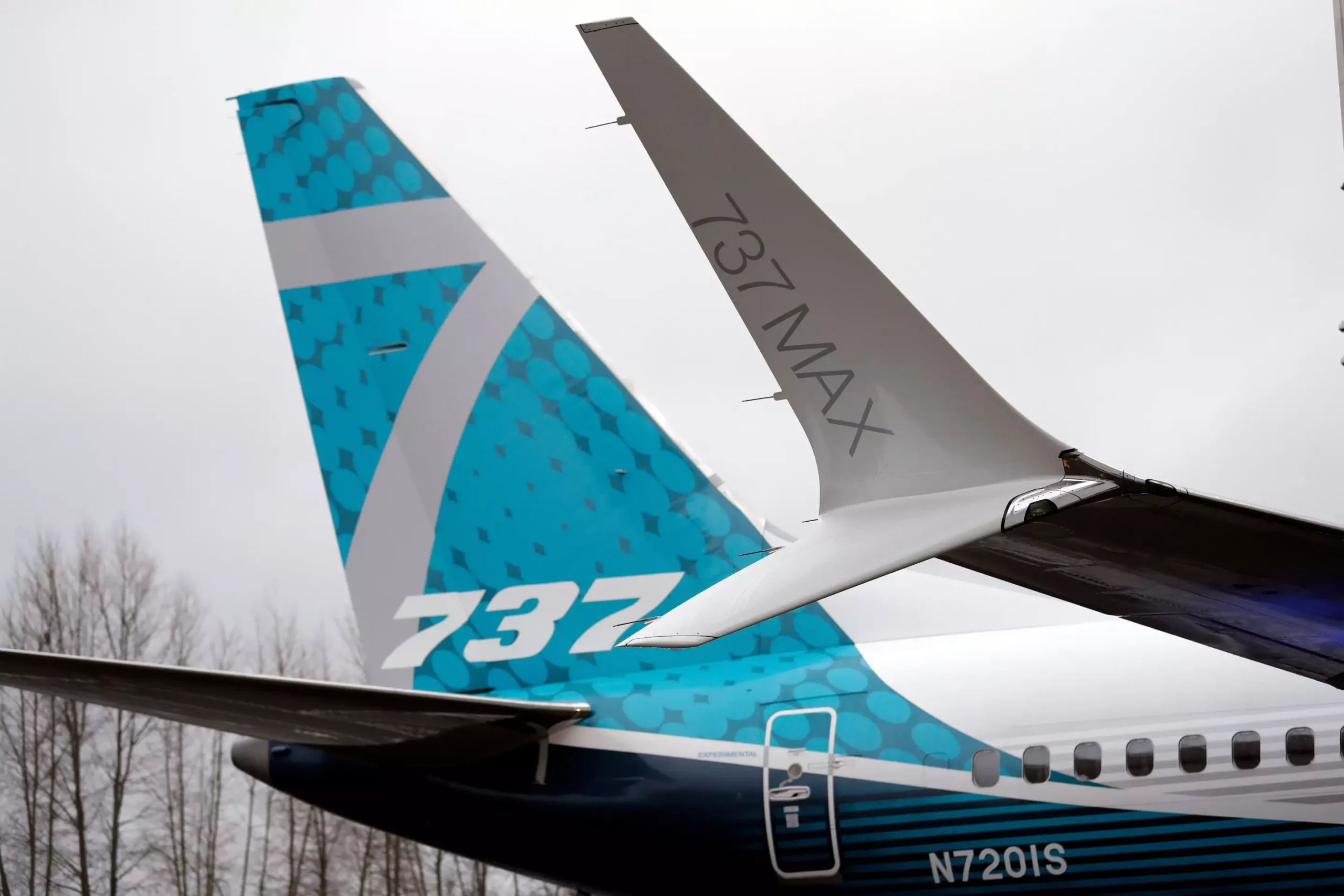Boeing has recently requested airlines to conduct inspections on its 737 Max jets due to a potential loose bolt in the rudder control system. This article explores the significance of these inspections and the proactive measures taken by Boeing to ensure the safety of their aircraft.
Upon discovering an undelivered aircraft with an improperly tightened nut, Boeing took immediate action to address the issue. The necessary steps were taken to remedy the problem, and the company has recommended that all operators of the 737 Max airplanes perform inspections and report any findings. Boeing has committed to providing continuous updates to both customers and federal regulators regarding these inspections.
The Federal Aviation Administration (FAA) expressed its commitment to closely monitoring these targeted inspections. The agency acknowledges that further actions may be considered depending on the discoveries made during the inspections. The FAA also emphasized that there have been no in-flight incidents caused by this condition to date, as routine checks by crews would detect any malfunctioning rudders before takeoff.
Major U.S. carriers, including United Airlines, Southwest Airlines, American Airlines, and Alaska Airlines, have all confirmed that they do not anticipate any operational disruptions. These carriers have been conducting the recommended inspections as part of their routine maintenance processes. While a specific timeline for completing the inspections was not provided for each airline, Alaska Airlines expects to finalize the process by the first half of January.
It is crucial to note the historical context surrounding the 737 Max jets. These aircraft were grounded worldwide for 20 months following two tragic crashes in 2018 and 2019, resulting in the loss of 346 lives. Investigations attributed the accidents to an automated flight-control system that relied on faulty sensor readings, causing the plane’s nose to pitch downward. Boeing faced criticism for not disclosing the existence of this system to pilots and airlines before the crashes.
Since these catastrophic events, both Boeing and the FAA have implemented significant changes to enhance aircraft safety. Boeing has committed to inspecting all 737 Max jets before delivery, estimating the process to take approximately two hours per plane. The FAA, too, has made improvements, introducing a more comprehensive certification process for large planes and mandating greater transparency in safety disclosures.
Boeing’s request for inspections on 737 Max jets underscores its commitment to addressing any potential safety concerns proactively. By taking these precautionary measures, Boeing aims to ensure the safe operation of its aircraft and regain the trust of passengers and airlines alike. The collaborative efforts of Boeing, the FAA, and the airlines will continue to prioritize safety and bolster the integrity of the aviation industry.


Leave a Reply